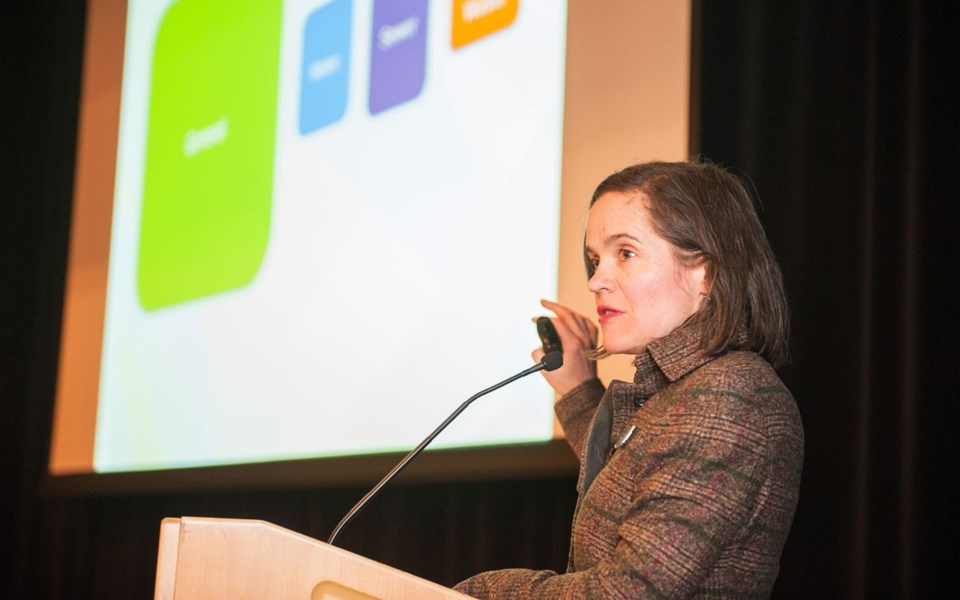Whistler officials moved closer to formally approving the 2025 municipal budget last week, cementing tax rates for the upcoming year.
On Tuesday, Jan. 21, mayor and council passed first three readings of the Resort Municipality of Whistler’s (RMOW) Five-Year Financial Plan bylaw.
“We’re not here to talk about the content of the budget today,” explained municipal CFO Carlee Price at last week’s council meeting. “Those conversations have been lengthy and are now complete.”
After months of back and forth, in December resort officials settled on an 8.25-per-cent property tax increase for 2025, after RMOW staff initially recommended a 9.5-per-cent hike.
Price broke down what that rate would mean for a variety of sample properties. Owners of a single-family home assessed at $4 million would see a tax bill of approximately $5,981, a year-over-year increase of $456. A condo assessed at $1 million, meanwhile, would pay approximately $1,495 in 2025, an increase of $114 from last year. A Whistler Housing Authority home with an assessed value of $500,000 would pay approximately $748 in property taxes, $57 more than last year. A commercial property assessed at $500,000 would have a tax bill of $3,546, an increase of $270.
“These amounts will only be true if each of these properties appreciate in line with other properties in its category, and if the categories appreciate at rates in line with each other. So, grain of salt there,” cautioned Price.
RMOW officials also cemented utilities parcel tax rate and user fees for the year: an eight-per-cent increase to sewer parcel taxes and user fees; a five-per-cent increase to solid waste parcel taxes and user fees; and a four-per-cent increase to water parcel taxes and fees. In all, the combined utilities charges amount to $1,440, a year-over-year increase of $80.
The RMOW operational budget for 2025 is $110 million and its budget for project work is $38.6 million.
Elected officials had a delicate balance to strike with this year’s budget, weary of adding to Whistlerites’ financial burden at a time of rising unaffordability while eyeing several major costs facing the RMOW in the coming years. The first and most costly surrounds policing: once Whistler’s population officially hits 15,000, an inevitability in the 2026 census, the municipality’s share of the roughly $5.4 million in annual policing costs will rise from 70 to 90 per cent. The second major looming cost is for firefighting, a large chunk of which will go towards staffing the No. 3 Fire Hall in Spring Creek full-time, a decision council greenlit last January. The third major cost is for transit, with staff anticipating the Canada-B.C. COVID Safe Restart grant reserve to dry up by early 2027, foisting another roughly $1 million back onto the RMOW.






